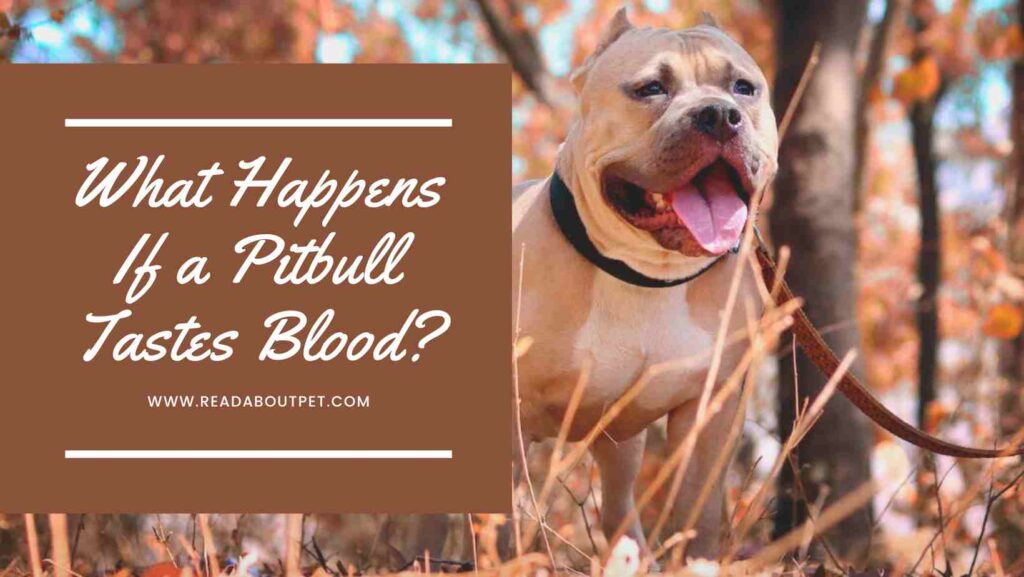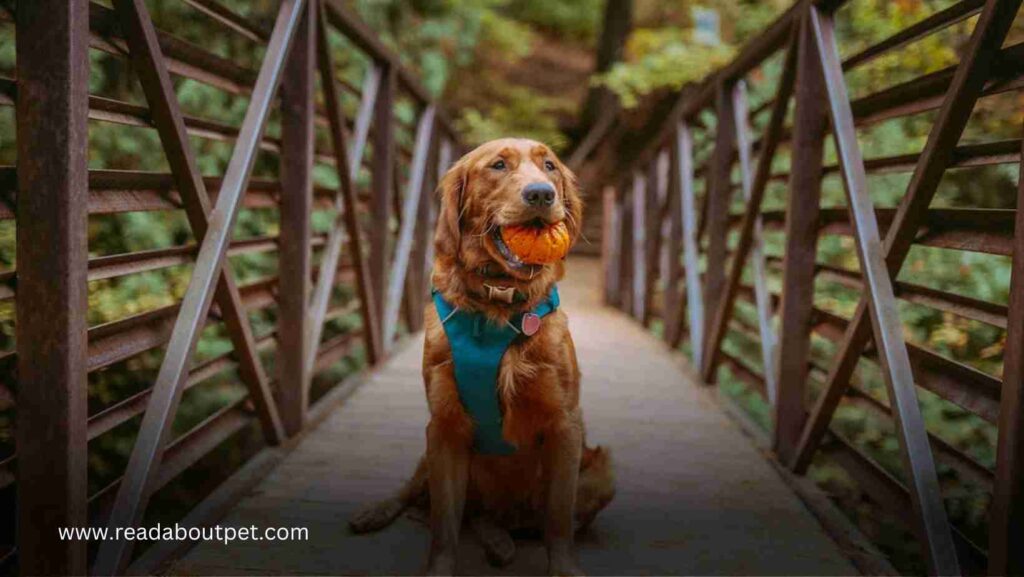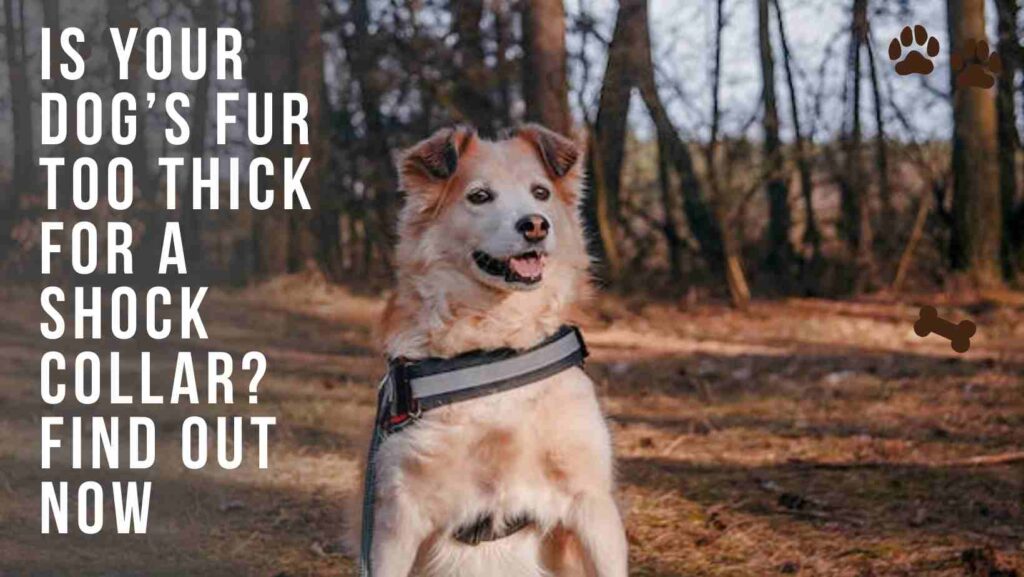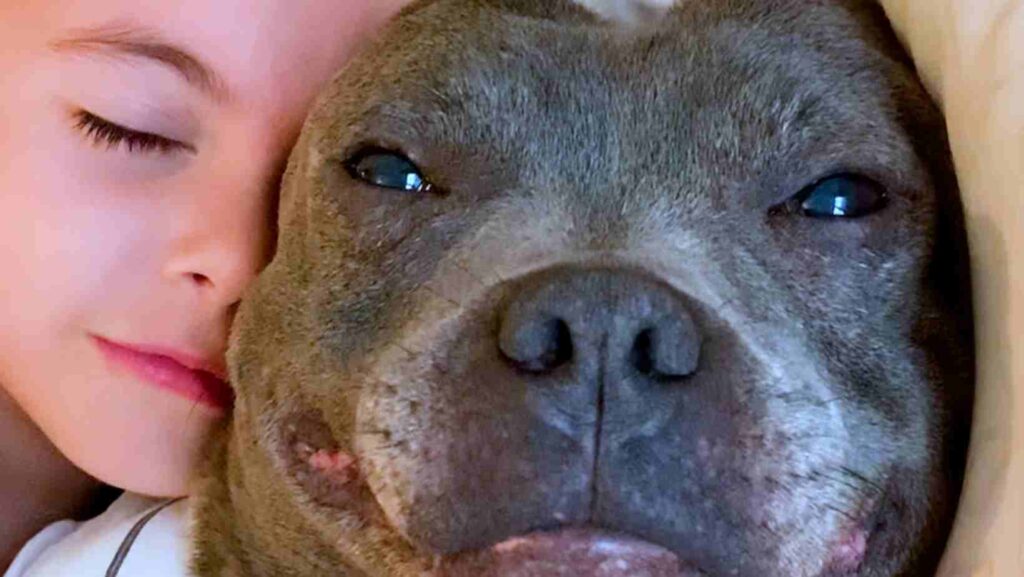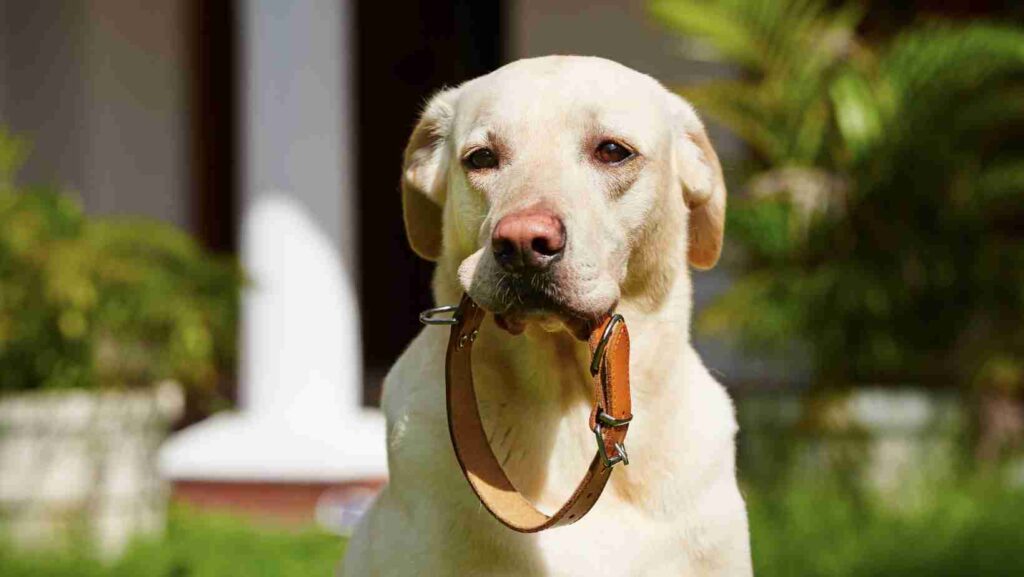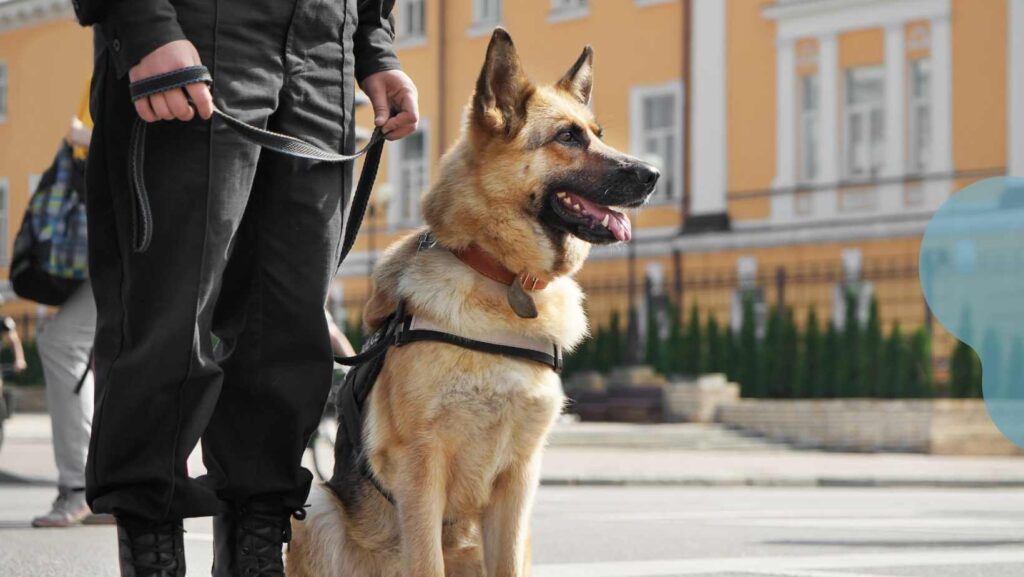Introduction
Having a dog as a pet can bring immeasurable joy and companionship to our lives. However, some canine behaviors, such as excessive licking, can become problematic. While occasional licking is normal for dogs, excessive licking can be a sign of anxiety, boredom, or even a medical issue. In this comprehensive guide, we will delve into the reasons behind excessive licking and provide you with practical tips and techniques on how to teach a dog not to lick inappropriately. Let’s embark on this journey towards a healthier and happier bond with your furry companion!
- Introduction
- 1. Understanding the Reasons Behind Excessive Licking
- 2. How to Teach a Dog Not to Lick: Step-by-Step Guide
- 3. Frequently Asked Questions (FAQs)
- 3.1. Can excessive licking be a sign of a medical issue?
- 3.2. Is it necessary to seek professional help for teaching a dog not to lick?
- 3.3. How long does it take to teach a dog not to lick excessively?
- 3.4. Are there any alternative behaviors I can encourage instead of licking?
- 3.5. Should I punish my dog for excessive licking?
- 3.6. Can professional grooming help reduce excessive licking?
- Conclusion
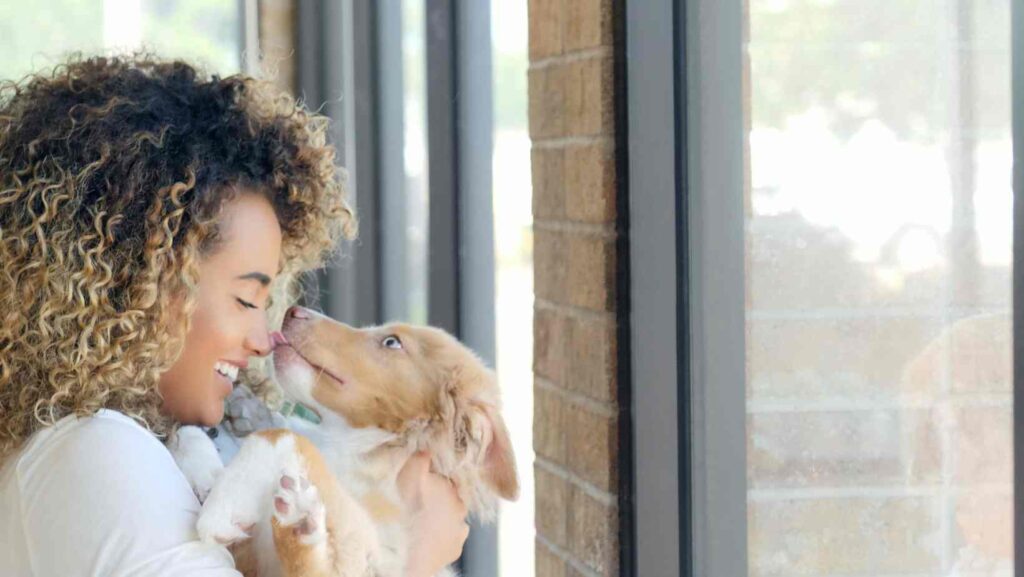
1. Understanding the Reasons Behind Excessive Licking
Dogs exhibit various forms of licking behavior, and it’s crucial to comprehend the underlying causes before addressing the issue effectively. By understanding why your dog licks excessively, you can tailor your training approach accordingly. Here are some common reasons:
1.1. Anxiety and Stress
Dogs often lick themselves excessively as a response to anxiety or stress. If your dog is exhibiting signs of restlessness, panting, or pacing, their licking behavior may be a manifestation of underlying stressors.
1.2. Boredom and Lack of Stimulation
In some cases, dogs may resort to excessive licking out of boredom or a lack of mental and physical stimulation. If your dog is not receiving enough exercise or mental engagement, they may resort to licking as a means of occupying themselves.
2. How to Teach a Dog Not to Lick: Step-by-Step Guide
Now that we have a better understanding of the reasons behind excessive licking, let’s delve into the practical steps you can take to teach your dog not to lick inappropriately.
2.1. Establish a “No Lick” Command
Introducing a specific command, such as “No lick,” can be an effective way to communicate with your dog and discourage them from engaging in excessive licking. Consistency and positive reinforcement are key to success in this training endeavor.
2.2. Redirect Their Attention
When you catch your dog in the act of licking excessively, redirect their attention to an alternative activity. Offer them a treat, engage them in play, or provide a suitable chew toy to shift their focus away from licking.
2.3. Create a Distraction-Free Environment
Sometimes, environmental factors can contribute to a dog’s inclination to lick excessively. Minimize potential triggers by creating a distraction-free environment. Remove items that your dog may be tempted to lick excessively, such as lotions or bandages.
2.4. Use Bitter Tasting Spray or Cream
To discourage your dog from licking certain areas, you can apply a bitter tasting spray or cream on those spots. The unpleasant taste will deter them from continuing their licking behavior.
3. Frequently Asked Questions (FAQs)
3.1. Can excessive licking be a sign of a medical issue?
Yes, excessive licking can indicate an underlying medical problem. If you notice that your dog’s licking behavior is persistent and accompanied by other concerning symptoms, it’s advisable to consult a veterinarian to rule out any potential health issues.
3.2. Is it necessary to seek professional help for teaching a dog not to lick?
In most cases, teaching a dog not to lick excessively can be accomplished through consistent training and implementing the techniques outlined in this guide. However, if you’re facing challenges or if your dog’s licking behavior is severe, seeking the
of a professional dog trainer or behaviorist can provide valuable guidance and support.
3.3. How long does it take to teach a dog not to lick excessively?
The time it takes to modify your dog’s licking behavior can vary depending on several factors, including your dog’s temperament, the underlying cause of the licking, and your consistency in training. Be patient and persistent, as it may take several weeks or even months to see significant improvements.
3.4. Are there any alternative behaviors I can encourage instead of licking?
Absolutely! Instead of allowing your dog to engage in excessive licking, you can redirect their behavior towards alternative activities. Encourage them to play with interactive toys, engage in training exercises, or provide them with puzzle toys to keep their minds occupied and their tongues busy.
3.5. Should I punish my dog for excessive licking?
No, punishment is not an effective approach when teaching a dog not to lick excessively. Instead, focus on positive reinforcement and redirecting their behavior. Punishment can lead to fear and anxiety, potentially exacerbating the licking issue or causing other behavioral problems.
3.6. Can professional grooming help reduce excessive licking?
Professional grooming can play a role in reducing excessive licking. Regular grooming sessions can ensure that your dog’s coat is clean, free of irritants, and properly maintained. Additionally, professional groomers can provide valuable insights into your dog’s skin and coat health, which can help address any underlying issues that may contribute to excessive licking.
Conclusion
Excessive licking in dogs can be a challenging behavior to address, but with patience, consistency, and understanding, you can teach your furry friend to curb this habit. By identifying the underlying causes, implementing training techniques, and providing appropriate distractions, you can guide your dog towards a healthier and more balanced lifestyle. Remember to approach the training process with love, compassion, and positive reinforcement. Enjoy the journey of building a stronger bond with your canine companion, free from excessive licking.

